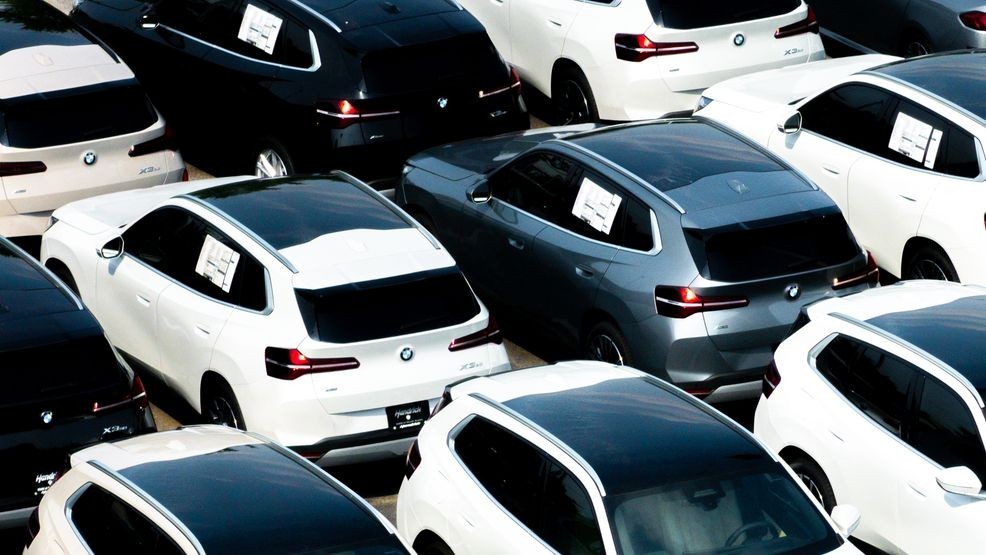Now
58
Thu
63
Fri
64
by CORY SMITH | The National News Desk
TOPICS:
(TNND) — The average selling price for a new vehicle hit $50,000 for the first time last month, Kelley Blue Book said this week.
The average price in September was $50,080, up about 3.5% from a year ago.
The average asking price, or manufacturer's suggested retail price, also hit a record high of $52,183.
“This is an all-time record, but there are a couple of factors that make last month a little weird, so I would not be surprised to see it tick down again next month,” KBB’s Sean Tucker said. “We will probably permanently cross the $50,000 mark sometime next year, but this may not be permanent right now.”
Last month saw a rush of electric vehicle buyers before the $7,500 EV tax credit expired Sept. 30.
The average EV last month sold for $58,124, pushing up the average.
A record 437,487 EVs were sold in the third quarter, according to KBB.
Tucker said several other factors fueled the record-high prices.
There was the typical annual inflation of car prices, with new model year vehicles hitting lots.
People also bought more luxury cars than normal.
Cars priced over $75,000 made up about 7.5% of the market last month. Typically, those high-end vehicles account for about 5% or 6% of the market, Tucker said.
“And then the final factor in all of this is that the tariff is finally starting to bite,” he said. “Automakers had been holding off on passing the tariff costs on while they weren't sure how long the tariffs were going to last. But now that the White House has signed some long-term deals, they're saying, ‘OK, we can't lose money on this forever.’ And they're actually starting to pass the tariff cost on a little bit.”
Tucker said it’s a complicated mix of factors, so determining just how big a role tariffs played is tough to say.
He said auto tariffs are around 10% or 15%, depending on where a car originates. And carmakers are trying to absorb some of that added cost.
The low end of the new car market is going away. Automakers have shifted focus to high-income households with strong credit scores.
“We believe that in all likelihood, the last $20,000 car rolled off the lot last month,” Tucker said. “And there will never be another one.”
The customer base for new cars is shrinking. And more Americans have no choice but to turn to the used-car market.
“And some of them are starting to realize that,” Tucker said of automakers. “We're seeing a little bit of a trend toward putting more effort into the lower-cost models. The tariffs deeply complicated that situation, because most automakers, their lowest cost model comes to us from Asia. Even General Motors, it's headquartered in Detroit, but the lowest-cost thing they sell is built in South Korea.”
He said a design cycle on a car takes 10 years, so course correction isn’t quick.











